Technological Advancements
The Cutting Tools Industry is experiencing rapid technological advancements that enhance tool performance and efficiency. Innovations such as high-speed machining and advanced materials, including carbide and ceramic composites, are becoming increasingly prevalent. These developments not only improve the lifespan of cutting tools but also reduce production costs. For instance, the introduction of coated tools has led to a notable increase in cutting speeds and tool life, which can be critical in high-volume manufacturing settings. As a result, the market is projected to reach 75715.2 USD Billion in 2024, reflecting the growing demand for advanced cutting solutions.
Growth in Aerospace Manufacturing
The aerospace manufacturing sector is a critical contributor to the Cutting Tools Industry, driven by the need for precision and reliability in component production. The increasing production rates of commercial aircraft and the rising demand for military aircraft are propelling the need for high-performance cutting tools. Aerospace components often require intricate designs and high tolerances, which can only be achieved through advanced cutting technologies. As the industry continues to expand, the demand for specialized cutting tools is likely to rise, further solidifying the market's position and contributing to an anticipated CAGR of 5.6% from 2025 to 2035.
Increasing Focus on Sustainability
Sustainability is becoming a focal point in the Cutting Tools Industry, as manufacturers strive to reduce waste and improve energy efficiency. The push for eco-friendly practices is leading to the development of cutting tools that minimize material waste and are made from sustainable materials. For instance, manufacturers are increasingly adopting tools that can be re-sharpened and reused, thereby extending their lifecycle and reducing environmental impact. This emphasis on sustainability not only aligns with global environmental goals but also appeals to consumers who prioritize eco-conscious products. As a result, the market is likely to see a shift towards more sustainable cutting solutions.
Rising Demand from Automotive Sector
The automotive sector is a significant driver of the Cutting Tools Market, as it requires precision-engineered components for manufacturing. The ongoing shift towards electric vehicles and lightweight materials necessitates the use of advanced cutting tools to achieve the desired specifications. For example, the adoption of aluminum and composite materials in vehicle production demands specialized cutting tools that can handle these materials effectively. This trend is expected to contribute to the market's growth, with projections indicating an increase to 137875.1 USD Billion by 2035, highlighting the automotive industry's pivotal role in shaping cutting tool demand.
Expansion of Manufacturing Industries
The expansion of manufacturing industries across various regions is significantly influencing the Global Cutting Tools Market Industry. Countries in Asia-Pacific, particularly China and India, are witnessing rapid industrialization, leading to increased production capacities. This growth is driving the demand for cutting tools that can meet the needs of diverse manufacturing processes. Additionally, the rise of smart manufacturing and Industry 4.0 technologies is pushing manufacturers to adopt advanced cutting tools that integrate with automated systems. Consequently, this trend is expected to bolster the market, as manufacturers seek tools that enhance productivity and efficiency.
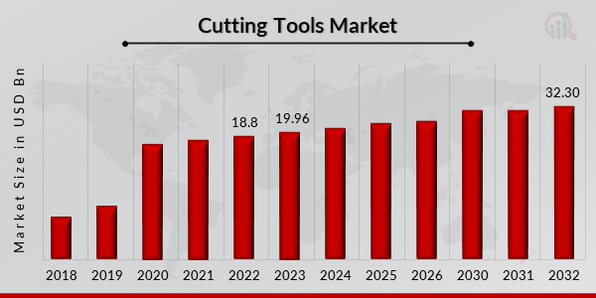

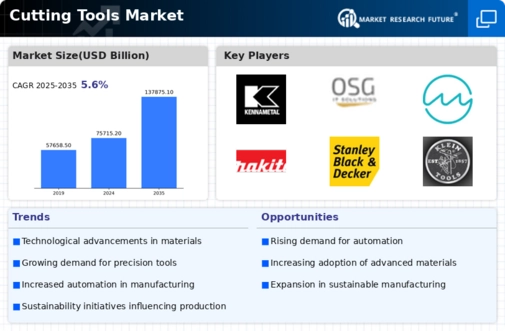
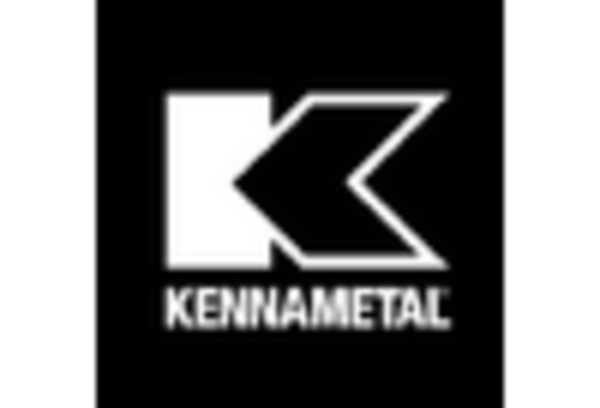

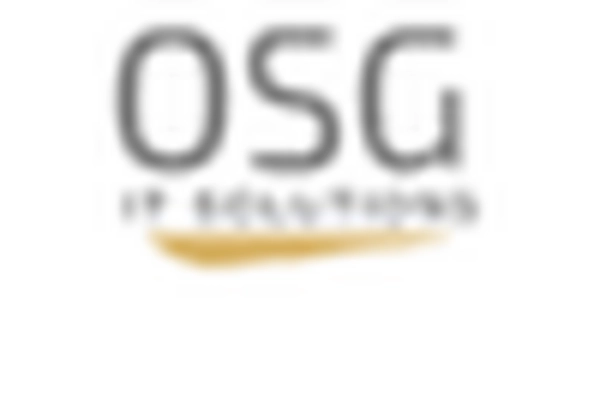
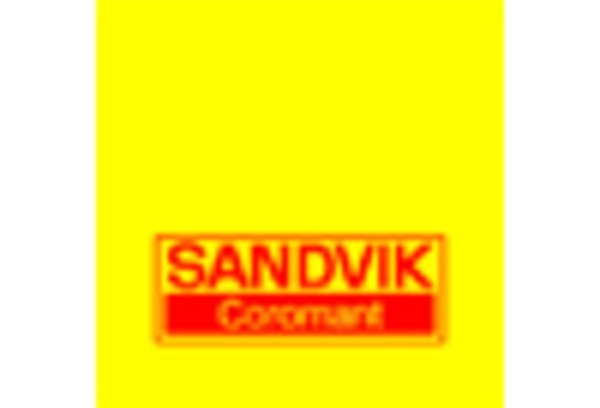

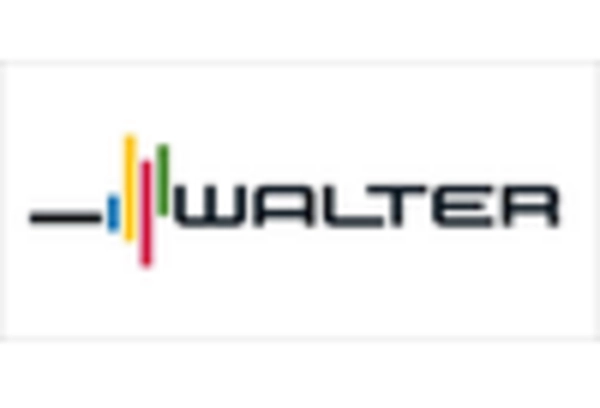








Leave a Comment